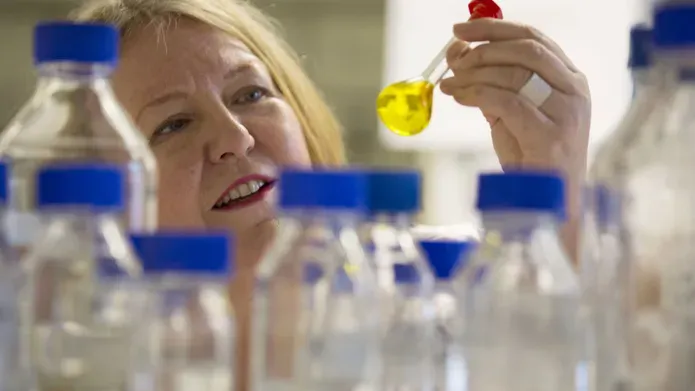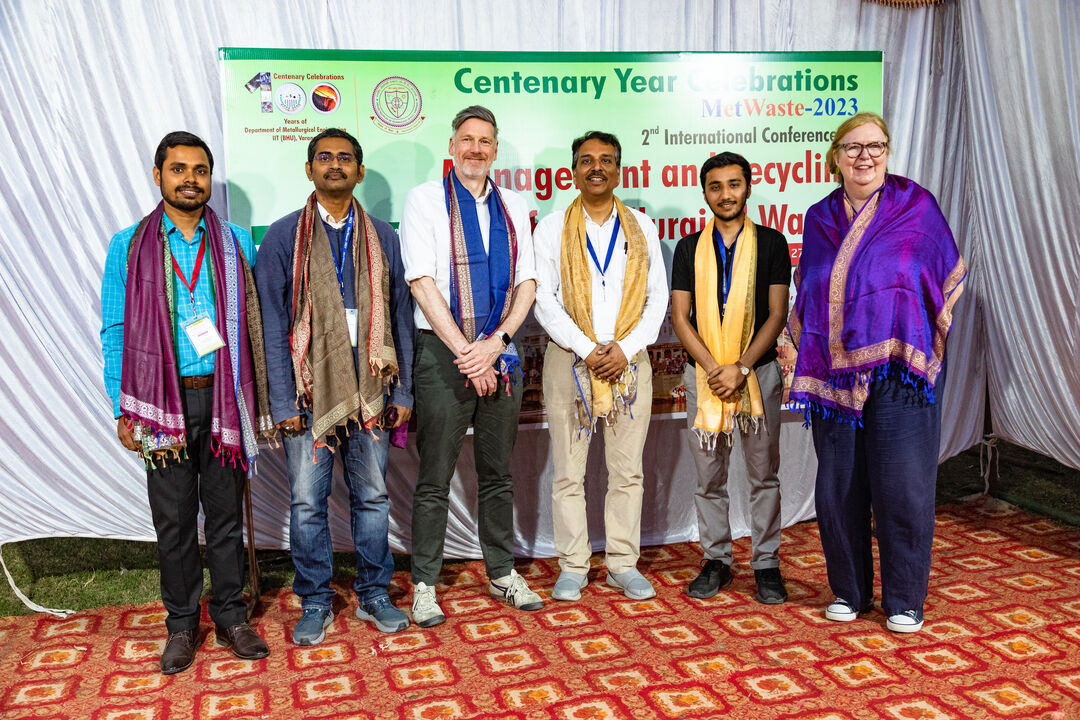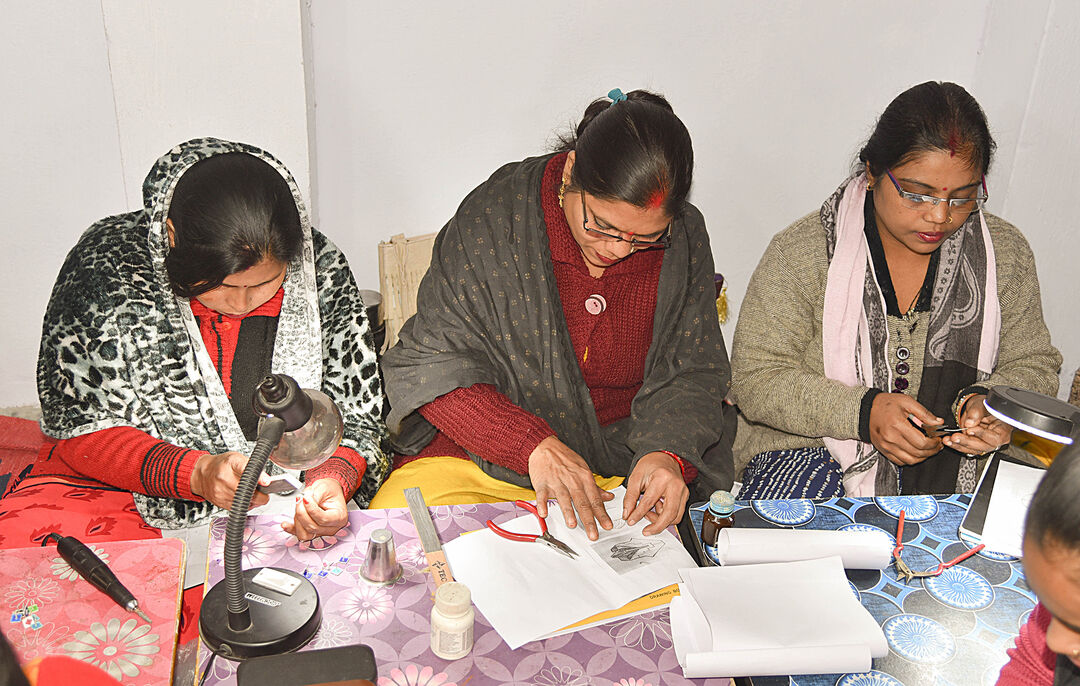Press release
Recycling precious metals from old technology could revive traditional jewellery making
Old gadgets could spark a new ‘urban gold rush’ say researchers who led an international study focused on retrieving precious metals, including gold, from technology.
Published on 27 September 2024

The study, carried out in partnership by academics at the University of Dundee and the University of Edinburgh, looked at the process of chemically extracting precious metals from electronic waste and reusing the precious materials in jewellery.
The team’s findings have been published in a new book, Brick, Bread and Biscuit, which launches this week at Dundee Design Festival, at Michelin Scotland Innovation Parc, Dundee.
The book contains stories of the journey of accessing gold from e-waste and the chemistry being developed to recover the precious metals.
Professor Emerita Sandra Wilson, of the University of Dundee’s Duncan of Jordanstone College of Art & Design, visited collaborators in India as part of the two-year research project, funded by the Engineering and Physical Sciences Research Council.
They investigated if the process of reusing precious materials recovered from electronic waste could revive traditional Indian craft and jewellery-making techniques, identified as ‘at risk’.

Professor Wilson said, “Our precious metals are running out. If we continue to mine for them at current rates, it’s likely we will run out in the next 100 years.
“The amount of gold we can mine is finite, we don’t have an ongoing amount, which means it’s vitally important that we recover as much as we can.”
Uncovering how gold can be recycled
Researchers explored the processes of new chemical recycling methods to create metal solutions, powders, and foils which could be supplied to designers and makers.
Currently only 15% of the UK’s precious metal is recovered from electronic waste and in India just 1.5% of the country’s precious metals are obtained through recovery.
41 mobile phones are needed to obtain around 1g of gold. The average wedding ring contains between 2-3g of gold, meaning more than 120 phones would be needed to retrieve enough gold for one wedding ring.
The team explored how traditional Indian craft techniques could be revived with these retrieved materials, as well as more frugal ways of working to allow precious materials to go further.
For example, mixing gold powder with pomegranate seeds to create a pink coloured gold enamelling material, used in a technique known as meenakari.
Metal foils with a 0.02mm thickness were also explored along with an ‘electroforming’ technique which can recover from one object and transfer directly onto another object.

Professor Jason Love, Personal Chair of Molecular Inorganic Chemistry and Head of the School of Chemistry, University of Edinburgh, said: “This project showed how chemists, metallurgists, makers, and designers can learn from each other and deliver new insight into this important challenge.”
Professor Wilson added, “We hope more jewellery designers will take up metals from old technology as a way of protecting this precious resource and to encourage more people to recycle their electronic waste.
“Most people have one or two old phones sitting about in drawers, or maybe even an old laptop.
“We could be sitting on the next gold rush here – an urban gold rush.
“Please take any old electronic waste to recycling companies or charities – even local recycling centres can split up the materials and get them to the correct facility.”
- The book can be viewed here: https://dmail-my.sharepoint.com/:b:/g/personal/kdunne001_dundee_ac_uk/EQ35Zn8E1p5NjZLEVSmKqgEBUcjFFZk5FcSRUFdRb0lAXg
- Partners: EaStCHEM School of Chemistry, University of Edinburgh (UK); DJCAD University of Dundee (UK); National Institute of Design (India); IIT BHU (India)
- The Dundee Design Festival runs from 23–29 September 2024 at Michelin Scotland Innovation Parc where you can see the work of more than 180 designers all under one roof in the UK’s only UNESCO City of Design, Dundee. See https://2024.dundeedesignfestival.com/